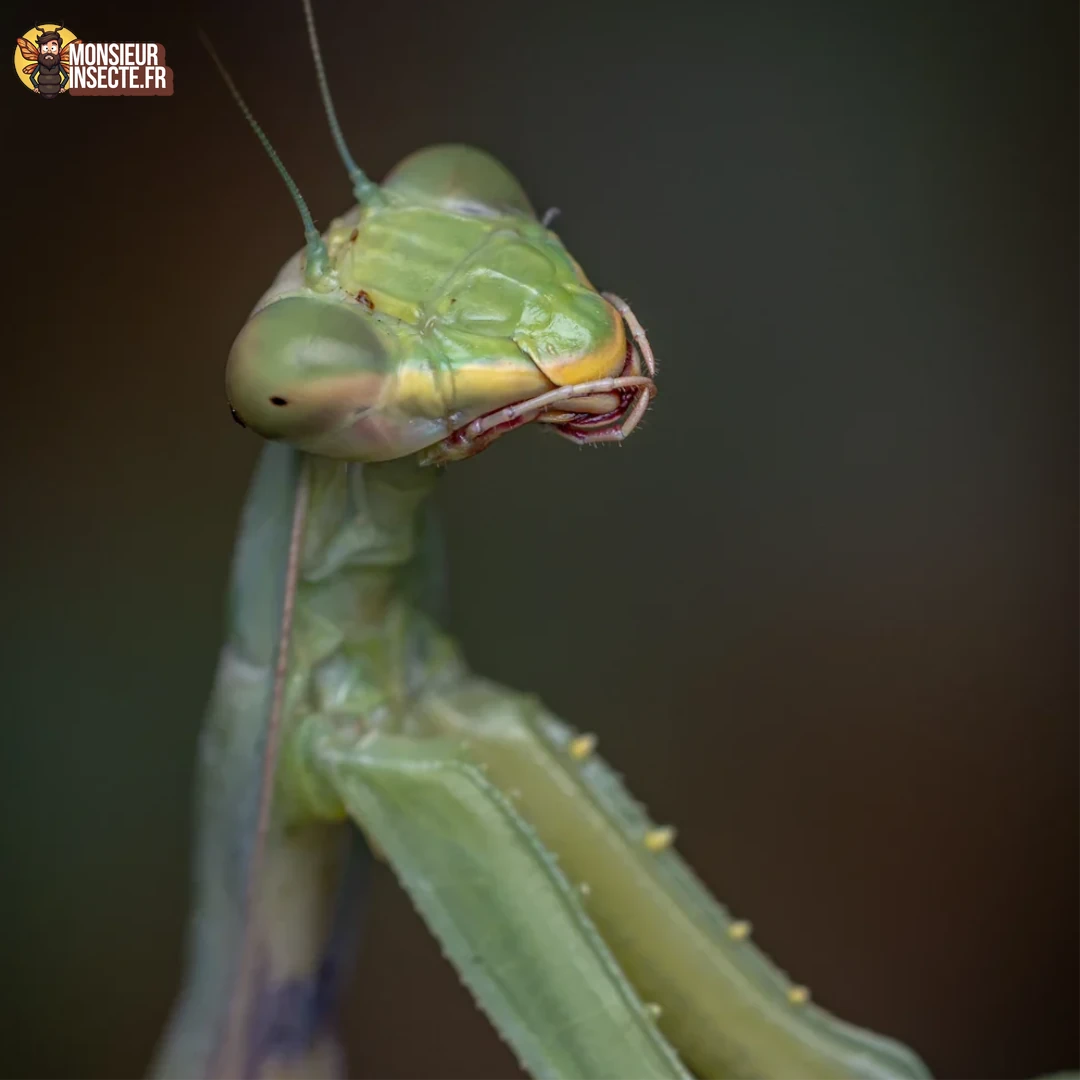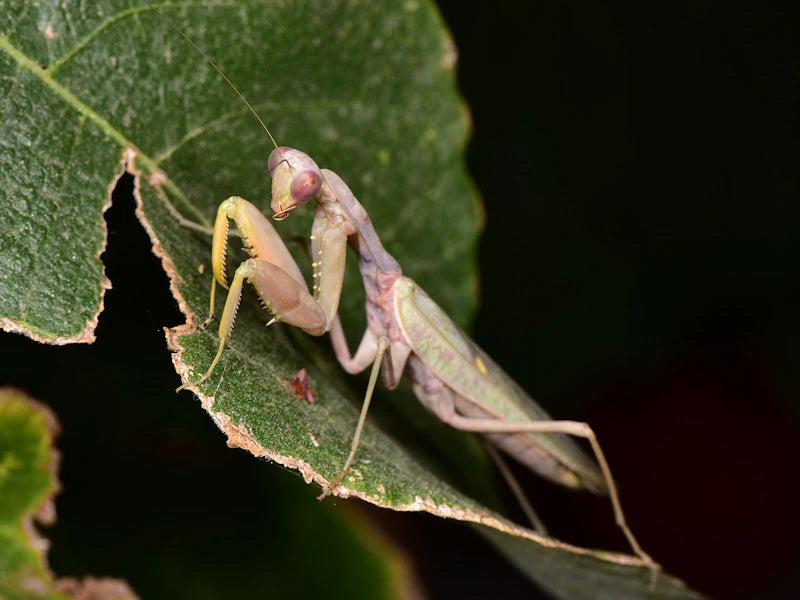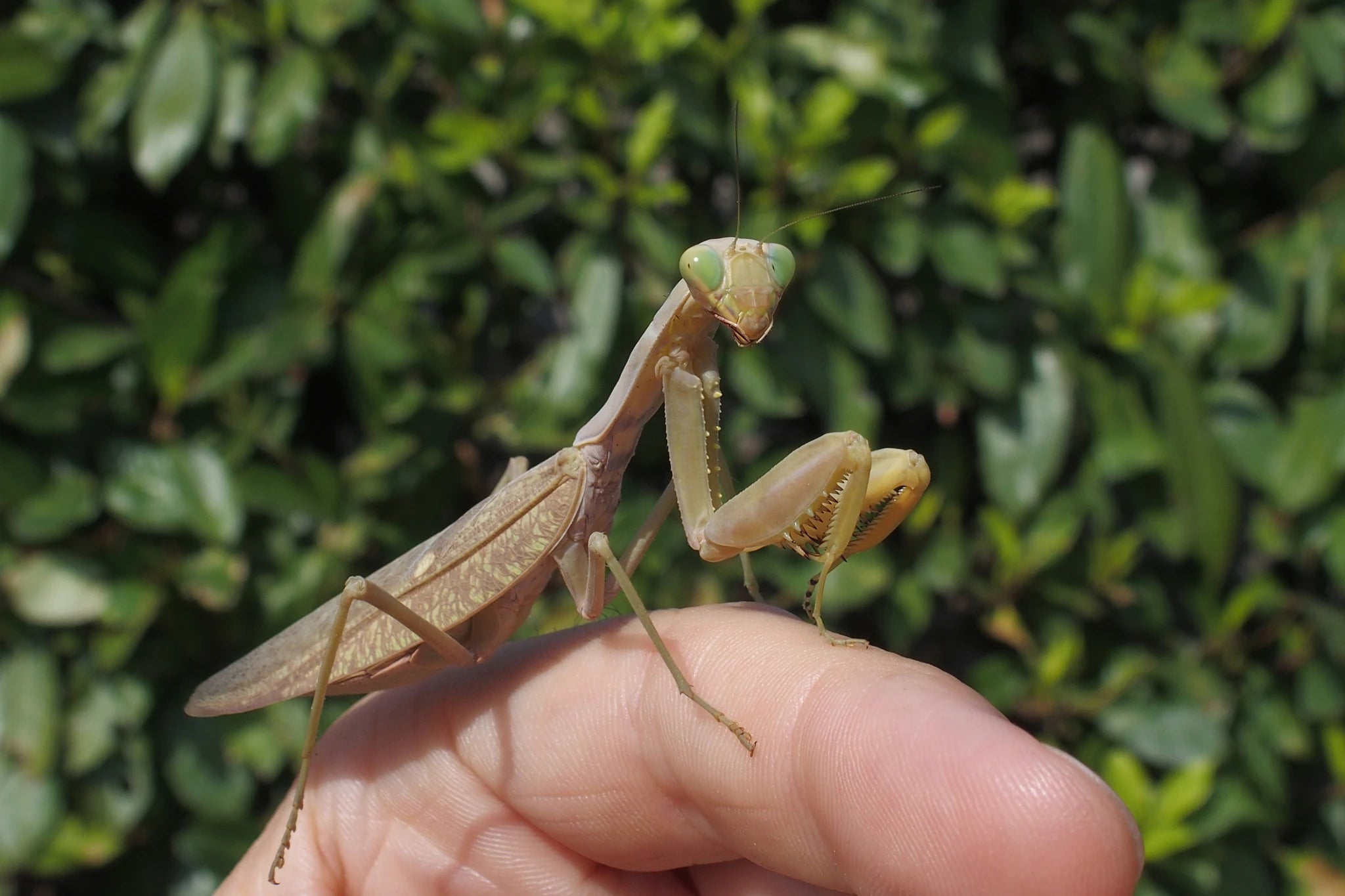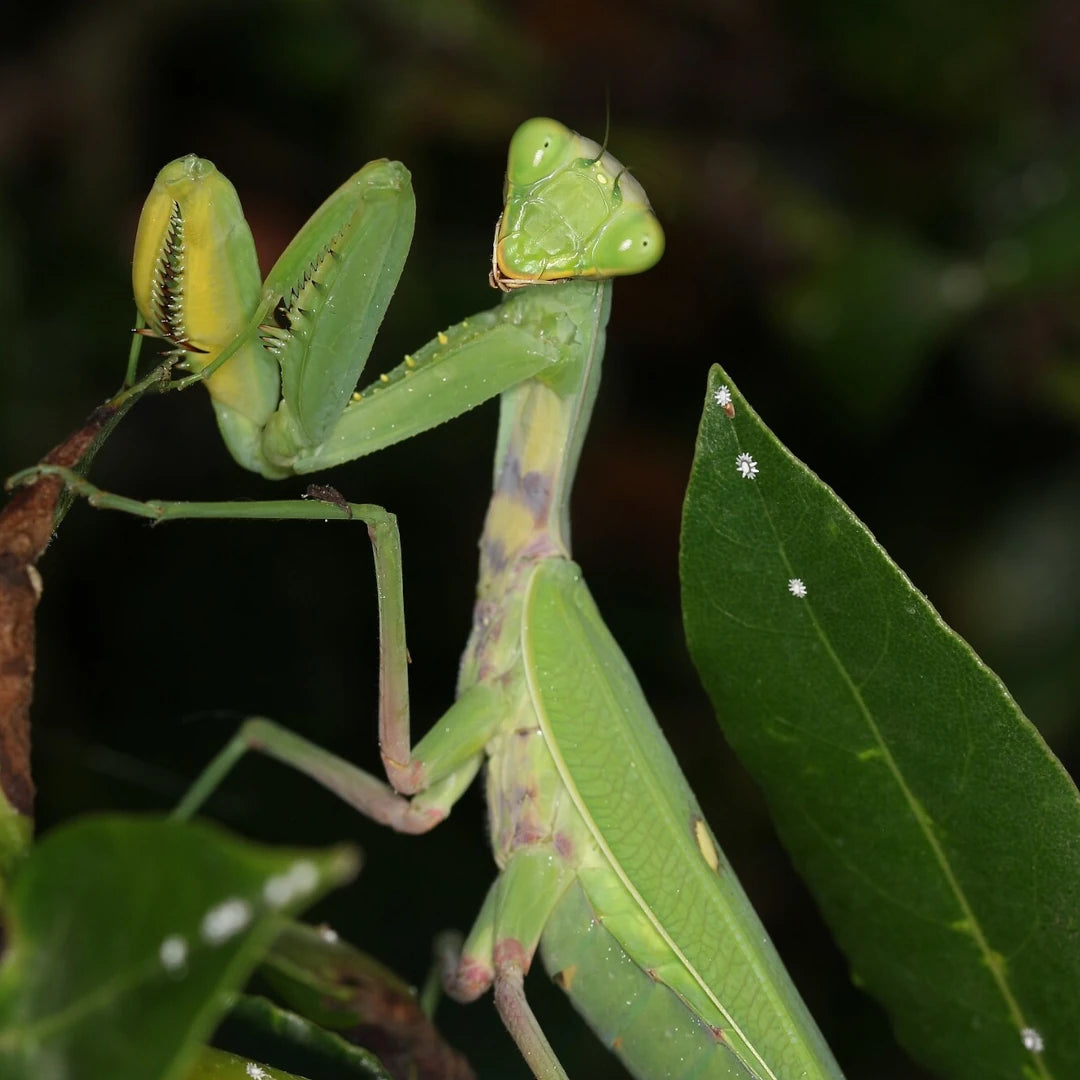



Praying Mantis | Giant Praying Mantis Hierodula Transcaucasica
Buy praying mantis BEGINNER: Giant Hierodula Transcaucasica

Meet the Hierodula transcaucasica , a praying mantis that's impressive in size and predatory behavior. Native to the warm regions of Asia, this hardy species is ideal for beginner entomology enthusiasts. It's an invasive species, meaning you're commanding a miracle of evolution capable of adapting to anything. Today, this mantis can be found in the wild practically everywhere from Asia to Europe. Needless to say, it can survive a few beginner mistakes.
Its powerful abdomen , long antennae , and forelegs adapted to capturing prey make it a fascinating insect to observe.
Its livery (the color of its exoskeleton) is a bit of a lottery: it can be a deep brown or a light green, passing through all the shades of color in between.

Breeding sheet: Hierodula Transcaucasica
Difficulty: Easy +++. The simplest of all mantises. Hierodula feed very easily and are not afraid of anything. You will just have to learn not to overfeed it and that's good because I wrote a picture guide for you for that .
This species is also classified as invasive, meaning it's so resilient that it threatens the ecosystem all on its own. In other words: It's good, you can go for it 😁.
Obviously not to be released, like all animals from breeding.
Temperature: 20-30°C. House temperature, preferably in a slightly warm area. The living room at 21-22°C during the day and 18°C at night will do the job very well.
Humidity: 60-80% Humidity of the house with two sprays per week. Easy
Food: The Hierodula transcaucasica is an opportunistic predator , feeding mainly on crickets, locusts, cockroaches, and other terrestrial insects . It is recommended to vary its diet to avoid deficiencies. Young specimens can be fed with small flies and diptera , while adults will appreciate more robust insects .
Mode of reproduction: Sexual reproduction. The female , larger than the male , can sometimes practice post-copulatory cannibalism . After mating, she lays an ootheca , containing several dozen eggs, which will hatch after 1 to 3 months depending on humidity and temperature conditions.
Character: Solitary mantis, very responsive to movement. It often adopts a threatening posture by spreading its hind wings and raising its front legs to impress its predators . Like all hierodula, it is a voracious and very active mantis.
Lifetime :
- Larval stage: 4 to 6 weeks with several successive moults .
- Adult (imago): 4 to 6 months on average.
Size :
- Female : up to 10 cm
- Male : about 7 cm
Breeder's Note: This is the ideal breed for beginners; you won't find a more resilient mantid. This beauty is even found in Ukraine, where temperatures aren't as mild as in France.
Moreover, its random livery can hold some nice surprises! And curiously, it is a mantis that is not very well documented, other breeders and entomologists will be keen to hear your feedback.



